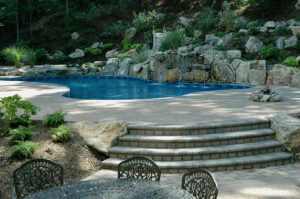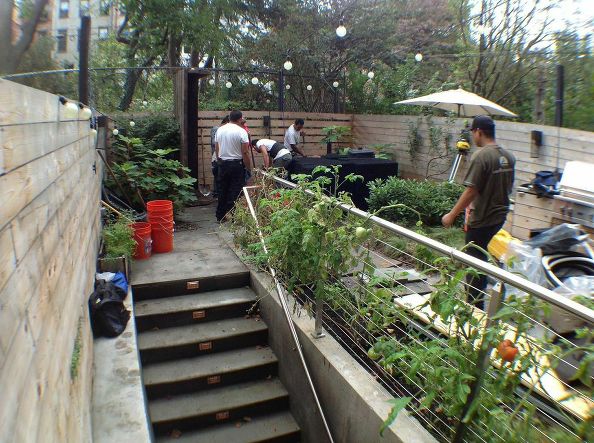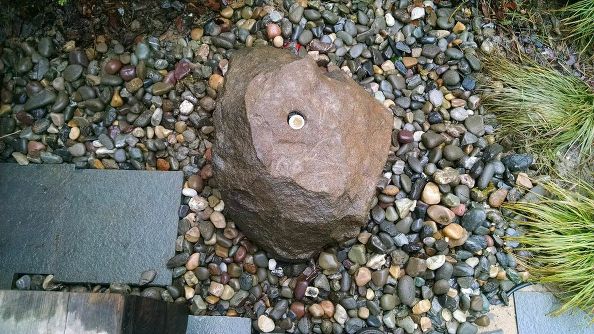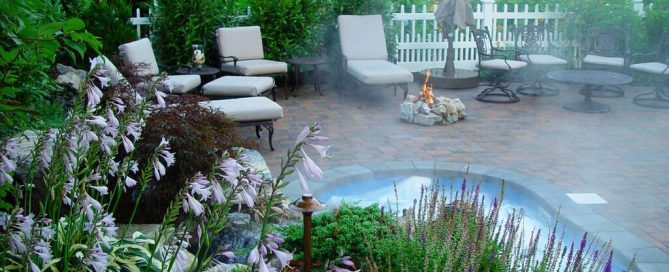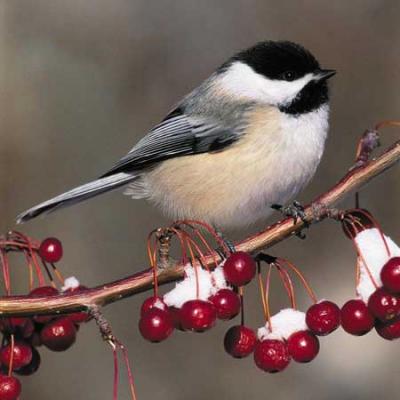When Do Backyard Upgrades Require Design/Build Expertise?
Fall, and even winter, are great times to do outdoor upgrades. And if your needs are simple ground-level upgrades, they can be done pretty much by anyone.
But if your property’s terrain is challenging, or your outdoor living dreams call for more artistically designed spaces, the advantages of choosing a “design-build” firm is worth consideration.
What Is Design-Build Construction?
Design-build inside contractors provide the architectural design for a project as well as its construction. This is also true for “outdoor living” contractors like Deck and Patio.
“Choosing one firm to do the design as well as the construction doesn’t cause the project’s costs to be more expensive than hiring two groups of experts,” says our own Dave Stockwell. “Nor will clients lose all control either.”
On the contrary, adds Dave. Clients find they develop a closer relationship with their design-build project manager, who knows all that’s going on and can easily accommodate their changing needs/ideas as the project develops.
As you’ll see from the examples of some of our work that we’ve included today, when it comes to outdoor living projects, having a singular vision — which might include plantings, waterscapes, and hardscape — results in beautifully harmonious backyard escapes.
Pool Landscaping
For this handsome free-form pool, Deck and Patio designed a surrounding patio using a design kit from Cambridge Pavingstones with AmorTec.
“The kit allowed us to create a very attractive random pattern, with gradations in tones,” says Dave.
“Also, our several in-depth consultations with the clients helped us know their needs and tastes, resulting in its multi-level patio design, with designated spaces for all their priorities — dining, lounging, etc.”
Plus, adding a water feature on one side of the pool, along with a pool slide, not only was alluring, adds Dave, but the moss rock boulder placements and landscaping do double-duty as a natural-looking retaining area for the pool.
Backyard Water Features
Designing and building a backyard water feature takes time, especially if you want your man-made feature to appear as if Mother Nature designed it herself.
This requires ordering and installing perfect-sized rocks and boulders which will cause water to flow in natural spills into either a pond or, in this case, a ‘pondless’ water feature.
Designing/Building for Privacy
Sometimes the need for privacy is an issue when designing for comfortable outdoor living. This property, for example, was open on three sides and in full view of four homes.
“The clients wanted a ‘spool’ — or a cross between a small pool and a spa — but the best spot for it was in a very exposed area,” says Dave.
Deck and Patio’s landscaping design team used Skip Laurels, Leyland Cypress, and Cedars to create an attractive natural privacy screen around the spool. In addition, texture and color were brought in to the buffering divider by incorporating flowering deciduous shrubs.
“We also incorporated creeping evergreen ground covers to cascade and wind over and between the rocks we installed,” says Dave. “Plus a careful selection of plants provides the area with color from April through October. The whole design flows beautifully into the back property.
This project was actually built during winter months. Next week our blog will focus on how that project was designed, built, and completed including dealing with the worst of winter.
Design/Build Decks
For this project, privacy was not an issue for the clients. In fact, they wanted it as open as possible to take in the property’s wonderful views.
“We designed a 2-level TimberTech XLM PVC deck for them, with one level just for the outdoor dining table, and the other places for deep seating outdoor furniture like chaise lounges and the barbecue,” says Dave.
”We also recommended the black railing for a strong contrasting tone to the decking materials. The design also included 45-degree angles in order to orient the outdoor furniture toward the views.”


